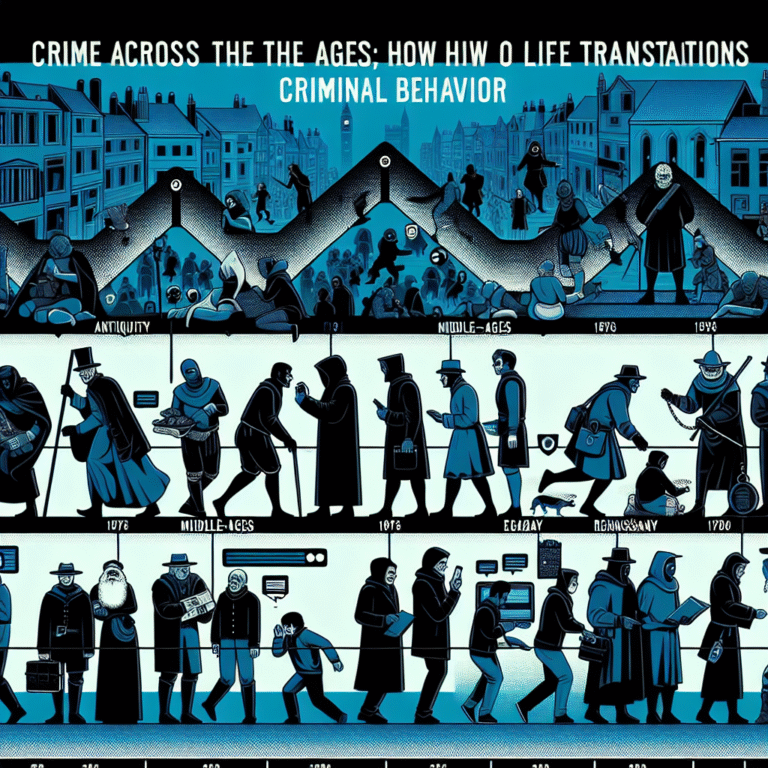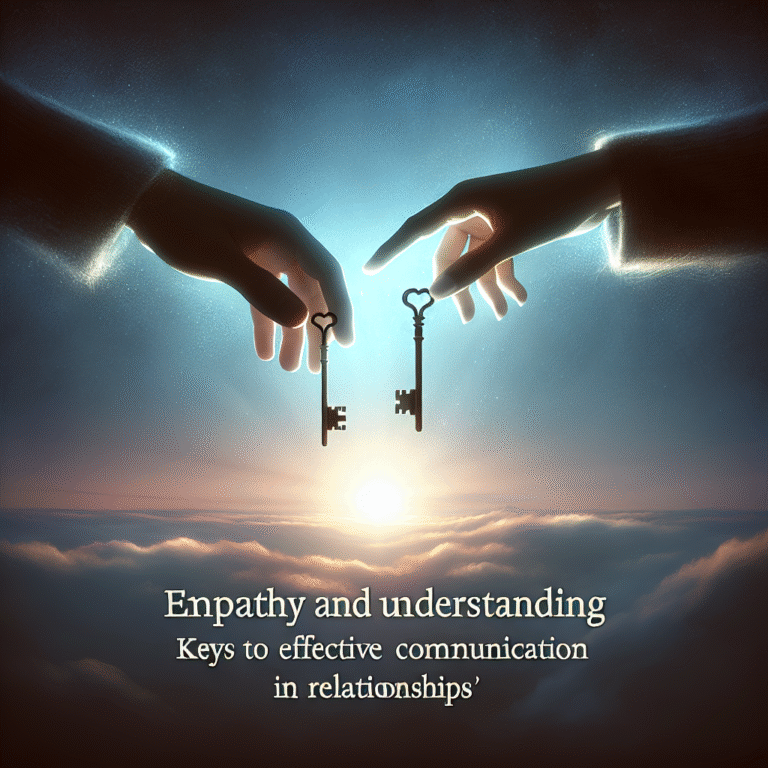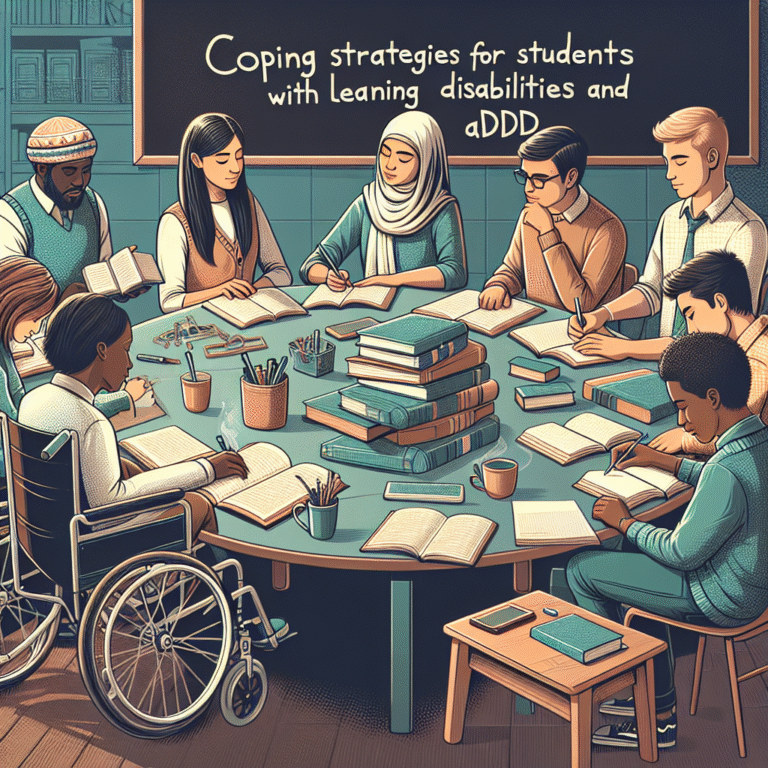
Introduction
In an era defined by digital connectivity, the world seems smaller, and opportunities for communication proliferate. Yet, this virtual expanse comes with perilous shadows, as many youths find themselves "Caught in the Web: The Impact of Online Predation on Today’s Youth." The internet, a remarkable tool for learning and connection, can also be a breeding ground for exploitation and harm. Understanding this duality is critical for parents, educators, and the young individuals navigating these waters. As we delve deeper into this topic, it becomes increasingly clear that prevention and awareness are our best tools against these unseen dangers.
The Digital Landscape: A Double-Edged Sword
The Rise of Online Interaction
While traditional methods of socializing often involve face-to-face interactions, today’s youth are more likely to connect through social media platforms, gaming communities, and messaging apps. Statistics reveal that over 90% of teens are online daily, and a sizable portion spend an extensive part of their day on these platforms.
| Platform | Daily Usage (%) |
|---|---|
| Social Media (Instagram) | 75 |
| Social Media (TikTok) | 60 |
| Messaging Apps (Snapchat) | 70 |
| Online Gaming | 55 |
This immersion fosters a sense of belonging and provides teens with an outlet for self-expression. However, the anonymity afforded by the internet is a double-edged sword, allowing predators to masquerade as trustworthy individuals.
The Nature of Online Predation
Online predation refers to the act of grooming or exploiting young individuals via digital platforms. This predation can take many forms, including cyberbullying, sextortion, and direct contact that leads to sexual exploitation.
Case Study 1: The Story of ‘Jessica’
In 2018, a 15-year-old girl named Jessica not her real name thought she was chatting with a peer online. Over months, the conversation transformed from innocent banter to manipulative tactics, eventually leading to an exploitative situation. This case exemplifies how predators lure young individuals with attention and emotional manipulation.
Analysis: Jessica’s situation underscores the psychological elements involved in online predation. Predators often capitalize on vulnerabilities, making it critical for both youth and guardians to be educated about the tactics used by potential threats.
The Psychological Toll on Victims
Emotional and Mental Health
Being a victim of online predation can lead to severe emotional consequences, including anxiety, depression, and trust issues. A study conducted by the Cyberbullying Research Center found that victims of online harassment are more likely to experience mental health challenges than their peers.
| Effects of Online Predation | Percentage of Affected Victims |
|---|---|
| Anxiety | 65% |
| Depression | 55% |
| Social Withdrawal | 70% |
| Reduced Academic Performance | 60% |
Case Study 2: The Impact on ‘Michael’
A longitudinal study followed a teenager named Michael, who suffered from anxiety and isolation after being bullied on social media platforms. He reported that the harassment led him to withdraw from friends and suffer academically.
Analysis: Michael’s case highlights the lingering emotional impact of online predation, illustrating the necessity for supportive environments and open conversations about mental health.
Protecting Our Youth: Prevention Strategies
Tools for Parents and Guardians
Preventing online predation starts at home. Parents and guardians must actively engage with their children in discussions about internet safety. Here are some effective strategies to adopt:
- Open Dialogue: Encourage children to share their online experiences without fear of judgment.
- Monitor Usage: Use parental control software to help monitor your child’s online interactions and activities.
- Educate: Teach children about the signs of grooming and how to identify suspicious behavior online.
School Involvement
Schools play an essential role in the conversation surrounding online safety. It’s crucial to integrate digital literacy and safety courses into the curriculum. Programs that include role-playing scenarios can be particularly beneficial.
Case Study 3: A School’s Response
A California high school implemented a digital safety program in their curriculum that significantly lowered instances of online harassment. After the program, reports of predation dropped by 30% within a year.
Analysis: This case underlines the importance of proactive educational measures. Schools must equip students with the knowledge and skills to navigate online interactions safely.
The Role of Technology and Law Enforcement
Collaborative Efforts
As youths continue to engage on various platforms, tech companies are stepping up to combat online predation. Social media platforms are incorporating features to report abusive behavior, while law enforcement agencies are enhancing their ability to track down online predators.
Legal Framework
Understanding the legal implications surrounding online predation is vital. Many states have revamped laws to prosecute online predators more aggressively. Such legal frameworks serve not just as a deterrent but also empower victims to seek justice.
Case Study 4: Legal Action Against Predators
In a landmark case, a 19-year-old predator was sentenced to 15 years in prison for luring multiple minors through online gaming platforms. This case energized advocacy efforts for stricter penalties and more robust legal protections for young people.
Analysis: The outcomes of legal actions against predators can serve as a crucial warning to would-be offenders, potentially saving countless youth from suffering harm.
Conclusion
The dialogue surrounding online predation is both crucial and urgent. "Caught in the Web: The Impact of Online Predation on Today’s Youth" speaks to the necessity of vigilance, education, and proactive measures to safeguard our children. As we work collectively—parents, educators, and communities—we create a protective web that can significantly diminish the risks posed by online predators.
In a world rapidly evolving with technology, empowering our youth with knowledge and resources becomes a formidable shield against the dangers lurking in the shadows of the internet.
FAQs
1. What are the signs of online predation?
Signs of online predation may include sudden changes in mood or behavior, secretive online usage, reluctance to share online experiences, or unexplained relationships with people outside their usual circle.
2. How can I talk to my child about online safety?
Open a dialogue by expressing your concern and willingness to listen. Share examples of online interactions, focusing on the importance of boundaries and safe behaviors.
3. What should I do if I suspect my child is being targeted?
Document any evidence of interactions, communicate openly with your child about your concerns, and consider reporting the behavior to the appropriate platform or authorities for further action.
4. Are there any online resources to help educate youth about online safety?
Yes! Websites like Common Sense Media and the Cyberbullying Research Center offer comprehensive resources and tips for both teens and parents.
5. How can schools help prevent online predation?
Schools can integrate digital literacy programs into their curricula, train staff to recognize signs of online harassment, and establish a clear reporting system for students who feel unsafe.
By embracing these practices and fostering a community-aware approach, we can safeguard our youth and mitigate the emotional and psychological impacts of online predation, ensuring that they navigate the web safely.


















